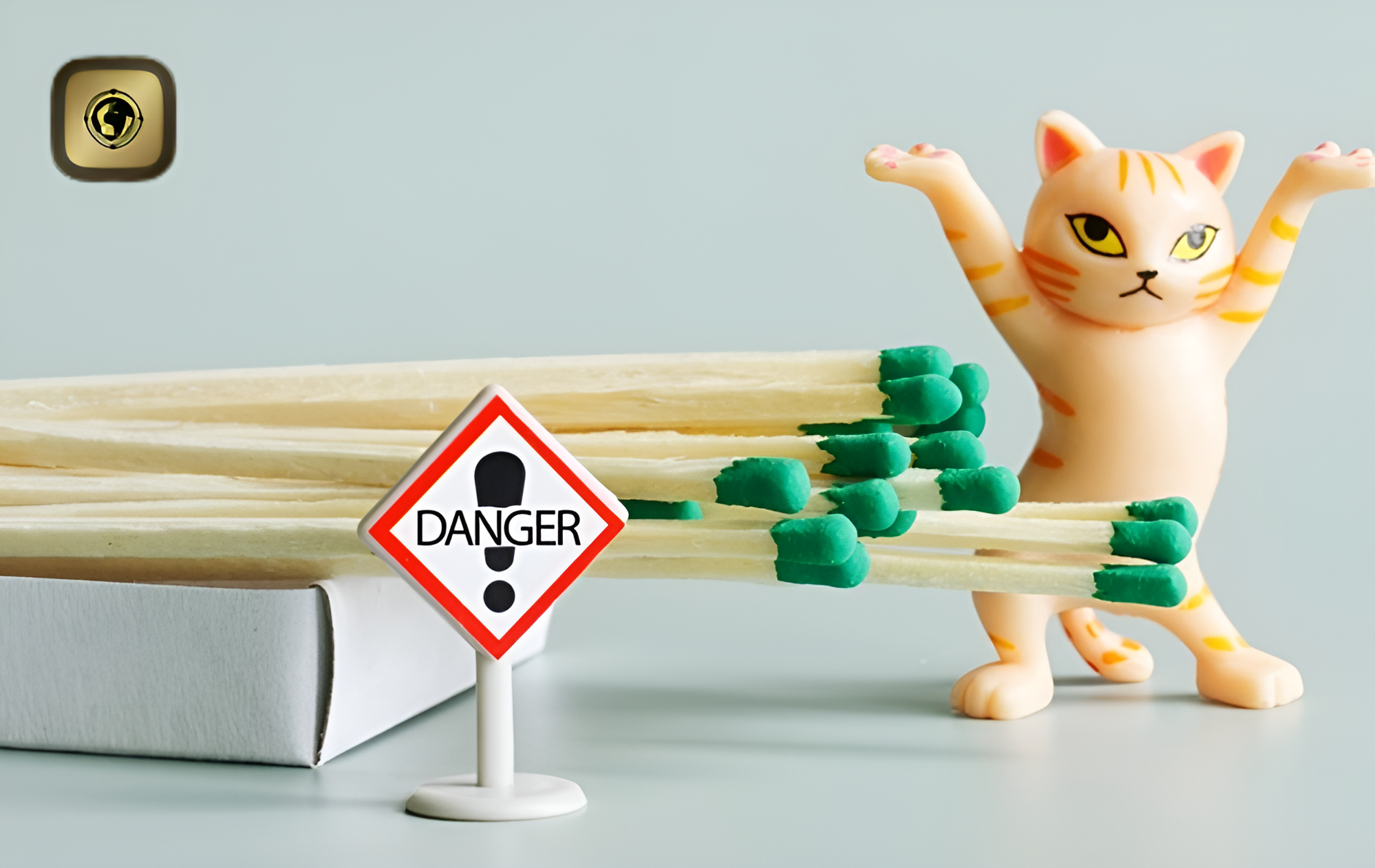March 31, 2025
- Even though the number of fires attended decreased by 2% last year, the 304 fire deaths remain troubling. Unintentional fires in residential homes make up 60% of all fire deaths in the UK. The number of reported accidental home fires highlights the importance of initiating fire safety measures at home. City Fire’s professionals are here to help you do just that! As specialists in fire safety, we understand how to prevent fires and what actions to take if they occur. Home insurance is essential in today’s world.
Preventive Measures
Advice regarding fire safety and prevention is frequently overlooked. However, remember that fires can happen at any moment. They can strike at any time and from any place, especially without warning. Implementing basic fire safety measures at home and work can one day be the difference between life and death.
• Keep an Evacuation Plan Always Ready.
• Install Smoke Alarms in Your Home or Business.
• Ensure Consistency in Your Electrical Wiring System.
• Keep Your Heating Equipment Well-Maintained.
• Exercise Extra Caution in the Kitchen to Avoid Fires.
• Use a Fire Extinguisher Knowledgeably.
• Have a Checklist for Workplace Fire Safety.
Essential Safety Equipment
Safety equipment is crucial for every home. They help ensure you are prepared.
• Smoke alarm
Smoke alarms can nearly eliminate the risk of dying in a fire. They identify unusual smoke levels or invisible combustion gases in the atmosphere, and they can detect both smoldering and active fires.
• Sprinkler Systems for Homes
Consider installing an automatic fire sprinkler system if you reside in a home. Smoke alarms aim to alert about a fire, not to extinguish it. While home fire sprinklers assist in quickly putting out fires, they also work collaboratively with alarm systems.
• Fire extinguisher
Think about having one or more operational fire extinguishers in your home. It is recommended to choose an “A-B-C” rated extinguisher for home use. Many models of fire extinguishers are not rechargeable and are designed for single use only.
• Carbon Monoxide Alarms
Install carbon monoxide detectors to alert your loved ones about this colorless, odorless, and invisible gas before it’s too late. Carbon monoxide is produced when fuels (like gasoline, wood, coal, natural gas, propane, oil, and methane) burn incompletely. Even a small amount of carbon monoxide can poison or kill a person if inhaled over an extended period, such as while sleeping overnight.
Safe Practices for Home Fire Safety
If a fire occurs, you might only have two minutes to escape your home. Timely fire detection through a functioning smoke alarm and an organized fire escape plan can save lives. You should also obtain fire insurance for safety, and discover what additional steps you can take to safeguard your loved ones!
• Place smoke detectors outside sleeping areas and in bedrooms on every level of the house.
• Test the smoke alarms monthly. Change the batteries if they are not functioning properly.
• Discuss a practical fire escape strategy with each family member and practice it biannually.
• Evacuate your home, remain outdoors, and seek help if a fire occurs. Never re-enter, either alone or accompanied.
Family Preparedness
Make sure you comply with local fire safety and prevention guidelines, no matter who you are or what your role is. Review the following safety recommendations regarding fire with your family. By doing this, you’ll help create a safer community and environment for yourself.
• Install the appropriate number of smoke detectors. Replace the batteries at least annually and test them on a monthly basis.
• Teach children the sound of a smoke detector and the actions to take when they hear it.
• Ensure every family member knows the two exits from each room in the house and where the designated family meeting spot is outside.
• Develop a family emergency communication strategy and confirm that everyone inside the home knows whom to contact if separated.
• Conduct your home escape drill at least biannually. To signal that it’s time to exit, press the smoke alarm test button or shout “Fire. “
• Verify that everyone knows how to call 9-1-1.
• Teach family members to STOP, DROP, and ROLL if their clothes catch fire.
Additional Tips and Tricks
• Install smoke detectors.
• Create a fire escape plan.
• Be cautious of smokers.
• Cook with care.
• Maintain distance from space heaters.
• Ensure the safety of portable air conditioners.
• Remember that lighters and matches are tools, not toys.
• Pause, Drop, and Roll.
• Use electricity safely.
• Crawl under the smoke.
• Install sprinkler systems in your residence.
Conclusion
It is essential to follow home fire safety rules to protect individuals and property. Homes can considerably lower the risk of fire-related incidents by implementing measures, like installing smoke alarms, developing and practicing escape routes, and ensuring electrical systems are well maintained. To enhance preparedness further, perform regular inspections, store flammable materials correctly, and educate family members on fire safety. Collaboration with local fire departments for guidance and resources strengthens a proactive stance on fire prevention. Ultimately, emphasizing these regulations fosters a safer living space and equips families to handle and reduce fire risks.
Disclaimer: The above information is intended for illustration purposes only. For additional details, please consult the policy wording and prospectus prior to completing the sale.



Leave A Comment